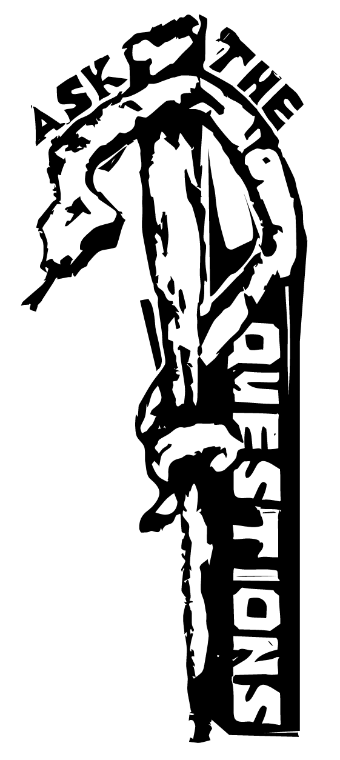Nobel Prize Winning Author
By Dr. Richard Gibson, English
In 1957, Camus won the Nobel Prize for literature, making him, at forty-four, one of the youngest writers to receive the prize.
His immediate predecessor, the Spanish poet Juan Ramón Jiménez won the award in his seventies; his immediate successor (and occasional correspondent), Boris Pasternak, his sixties. Those two Nobel neighbors are helpful, moreover, in marking Camus's distinctive candidacy for the prize. Each of the older men were seen as masters of particular forms and traditions, Jiménez Spanish lyric poetry, Pasternak the hulking Russian novel. Camus's output had been far more varied—he wrote articles that appeared in magazines and newspapers, as well as book-length essays; he composed and translated plays; he penned short stories; he published three novels, The Plague being his second, and left two more unfinished. He was also a noted lecturer, his most famous one being "The Crisis of Man," delivered in 1946 at Columbia University in New York City. He understood his variegated productions not simply as stand-alone efforts but as series of cycles, each centered on a theme. First, the absurd. Then, revolt. Finally, love.
Accordingly, the Nobel Prize committee didn't single out Camus's mastery of a particular genre. They celebrated, instead, "his important literary production, which with clear-sighted earnestness illuminates the problems of the human conscience in our times." These words were echoed by numerous others at the time who felt that the author uniquely captured aspects the human condition in the modern world.
This was especially true of The Plague, which one American critic called a "tract for our times" in 1948. Around the same time, the English poet Stephen Spender told the New York Times that the book "states the whole problem of our time without getting abstract or dogmatic." To Spender, it was not a novel but a "parable" and a "sermon." The book testified, above all, to the "evil that man wreaks on man." To sit for one of Camus's plays, to take up an essay of his, to read his stories was to be confronted with the big questions about human life. Whether or not his readers agreed with his conclusions, they appreciated the moral seriousness with which he undertook his work. We should too.
Yet there's a certain risk in so highly praising the book as a "parable," "sermon," or "tract for the times." The danger is that we forget that we are reading a novel by a superb stylist. Such considerations are not to be detached from the book's moral probings. Rather, a number of the most profound moments in the story are marked by stylistic shifts. These can be conspicuous—even flashy—as in Rieux's reveries after hearing the word "plague" uttered for the first time in Part One. Recalling a tale from Lucretius about the ancient Athenians fighting for torches to light funeral pyres for their dead, the doctor's mind fills with a vivid image: "A picture rose before him of the red glow of the pyres mirrored on a wine-dark, slumbrous sea, battling torches whirling sparks across the darkness, and thick, fetid smoke rising toward the watchful sky." The key phrase here is "wine-dark," which readers may recognize as the language of Homer. The word "plague" has elicited from the buttoned-up doctor a wild vision of the ancient world. Much of the book consists of reportage that seems careful not to indulge in too much sentiment. But at moments like this—of which there are several—we see that Camus can engage in a variety of styles and compose vivid images. These affect our engagement and help us recognize that the big questions taken up by The Plague move readers on intellectual, emotional, and even visceral levels. When we read for craft—when we look into the aesthetic dimensions of the work—we see that the well-wrought sentence supports and enriches The Plague's vaunted moral force.
Further reading: Albert Camus’ Nobel Prize acceptance speech
